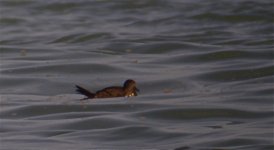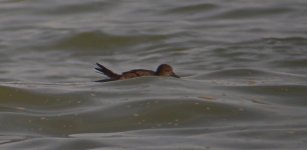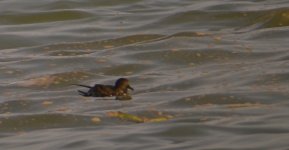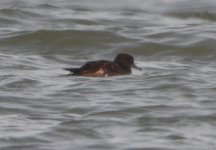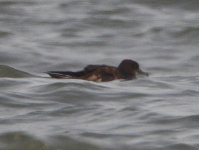MKinHK
Mike Kilburn

Can anyone help with this shearwater?
In S China the most likely is Short-tailed, which passes HK in May every year, but Sooty is regular off Japan and this bird looks rather long-billed.
Pleas note that the bird was unable to fly, so the position of wings and tail may be confused.
Any thoughts most appreciated.
Cheers
Mike
In S China the most likely is Short-tailed, which passes HK in May every year, but Sooty is regular off Japan and this bird looks rather long-billed.
Pleas note that the bird was unable to fly, so the position of wings and tail may be confused.
Any thoughts most appreciated.
Cheers
Mike




